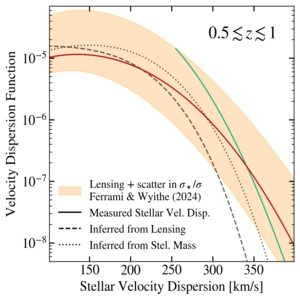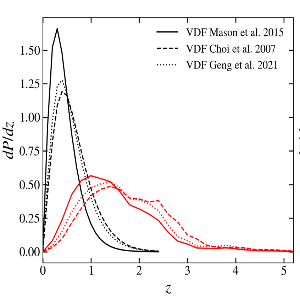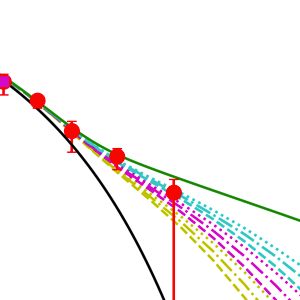
I am currently a postdoctoral researcher at the
Max-Planck Institute for Astrophysics.
I work in the group of Simona Vegetti on detecting and characterising
dark matter substructures in strong gravitational lensing systems.
I completed my PhD at the
University of Melbourne
under the supervision of prof. Stuart Wyithe.
Before the PhD, I was raised in the modern metropolis of
Casalbuttano ed Uniti (Italy).
I eventually moved to Milan, where I lived at
Collegio di Milano
and studied Physics at the
University of Milan.
There I graduated under prof. Claudio Grillo and prof. Giuseppe Bertin.
In my master thesis I studied the presence of rotation and the state of dynamical relaxation in the galactic component
of two clusters of galaxies.





